I have a grob object (in my case it's euler plot) and a ggplot object, and I want to place one on top of another, for example:
library(eulerr)
library(ggplot2)
df <- data.frame(a=sample(100),b=sample(50:149), c=sample(20:119))
venn <- euler(list(
A=df$a,
B=df$b[1:50],
C=df$c
), shape='ellipse')
p_v <- plot(venn, quantities = T, fills=c('red','green','blue'))
p_g <- ggplot(df, aes(x=a,y=b)) + geom_point()
# Now I want somehow to draw p_v on top of p_g
p_g + p_v
Should produce something like this:

I tried using ggplotify for example but couldn't find a way to get rid of white rectangle that was drawn as a canvas for the second plot...


